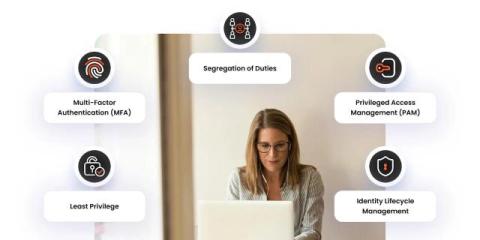75% of Black Friday Spam Emails Are Scams
Three out of four Black Friday-themed spam emails are scams, according to researchers at Bitdefender. Most of these scams are targeting users in the US and Europe. “This year, 77% of all Black Friday-themed spam (by volume) analyzed by Bitdefender’s Antispam Lab team was classified as scams, while only 22% was identified as marketing lures—emails designed to drive traffic to legitimate but overly aggressive promotions,” the researchers write.










